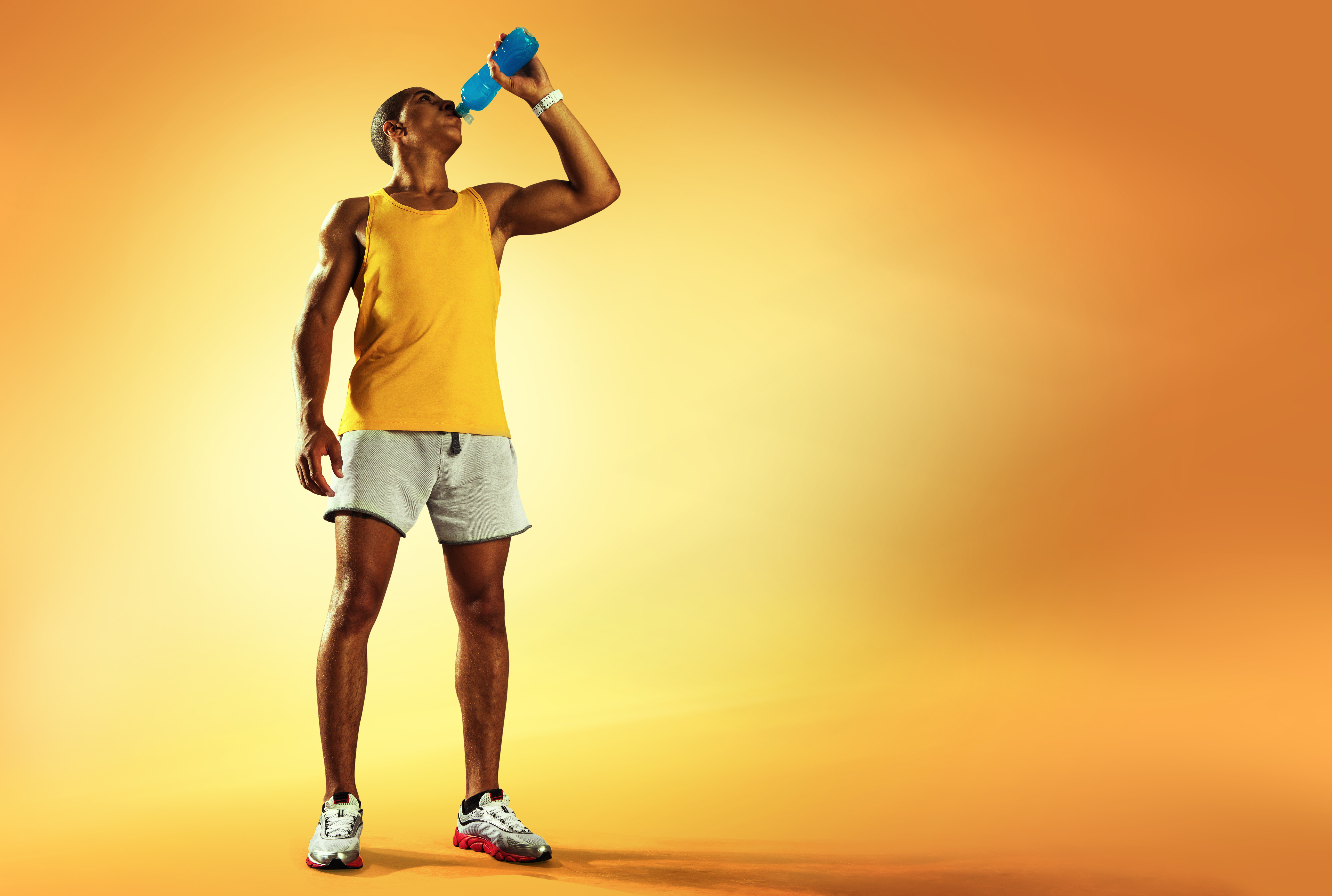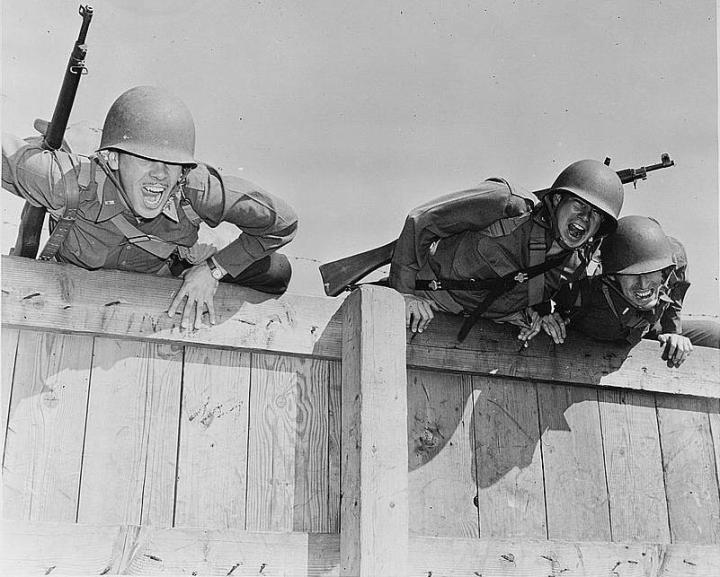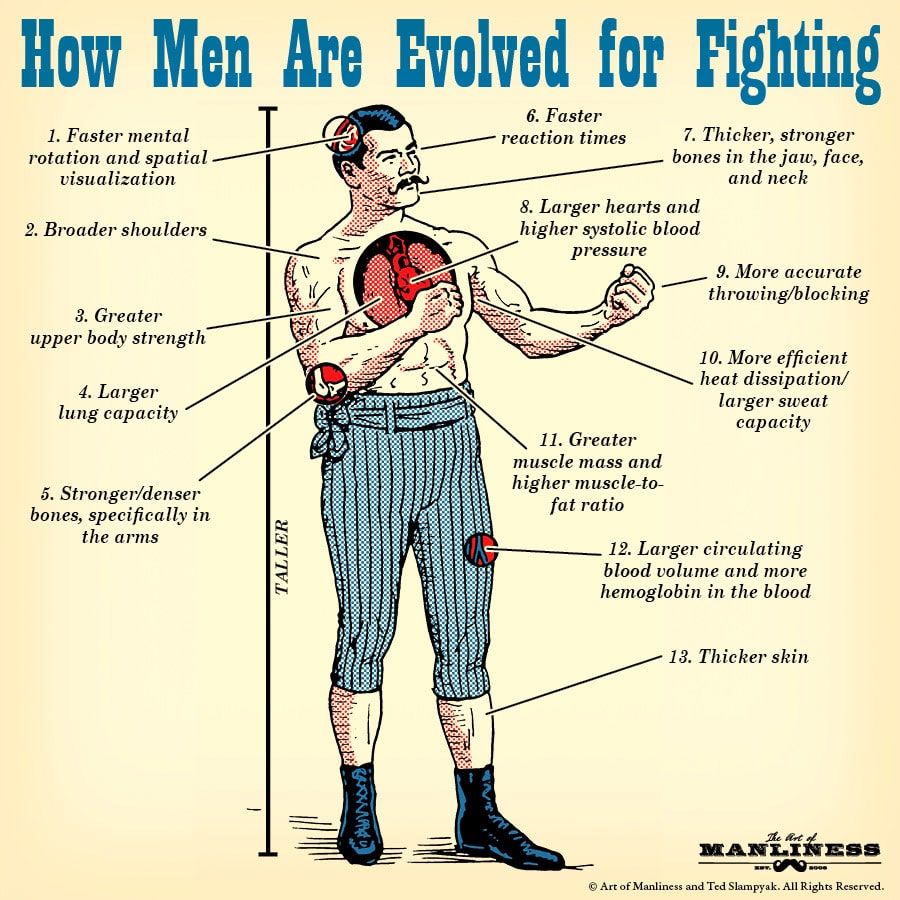
If you’re feeling some pain before or after your workouts, popping a couple ibuprofen — good ‘ol “vitamin I” — may be par for the course. In as little as 20 minutes, the drug works its magic, pain is reduced, and you can exercise or go about your day without any problems.
As I’ve gotten on in years, I’ve noticed myself reaching for the mega-bottle of ibuprofen in the medicine cabinet more and more often in order to alleviate my aching joints and tendons so I can engage in or recover from my weightlifting training. Getting old stinks.
But then a few months ago, I caught wind of some studies saying that taking ibuprofen and other non-steroidal anti-inflammatory drugs could hurt my precious, precious gainz because they prevent inflammation from occurring after exercise. Inflammation is necessary for muscle repair and is what allows a muscle to get bigger and stronger.
Ah, crap. Would I have to forgo the ibuprofen and train in pain lest it negate all the effort I put into my workouts?
I decided to investigate. Here is my report.
What Are NSAIDs and How Do They Relieve Pain?
Ibuprofen is a type of non-steroidal anti-inflammatory drug, or NSAID for short. NSAIDs are the most widely used group of medications designed to reduce pain, inflammation, and fever. Ibuprofen is the most commonly used NSAID, and often referred to by the Advil brand name. Aspirin and naproxen (Aleve) are a couple other varieties. A popular topical NSAID is diclofenac (Voltaren gel).
NSAIDs work by blocking your body’s production of the chemicals associated with pain and inflammation, specifically enzymes called cyclooxygenases (COX). There are two forms of COX: COX-1 and COX-2.
Most NSAIDs work by blocking both forms of COX. These are called non-selective NSAIDs and include the most commonly used varieties: aspirin, ibuprofen, and naproxen.
Some NSAIDs only block COX-2 and are called selective NSAIDs. Celebrex is a selective NSAID. You usually need a doctor’s prescription to take a selective NSAID. For the purposes of this article, the focus will be on over-the-counter non-selective NSAIDs like ibuprofen and naproxen.
Most oral NSAIDs like Advil or Aleve take about 20 to 30 minutes to start working after ingestion. The pain reduction they offer lasts for 4-6 hours (Advil) or 8-12 hours (Aleve). A topical NSAID, like diclofenac, takes about the same amount of time to work, but doesn’t last as long.
Do NSAIDs Hurt Your Athletic Gains/Performance?
So we know how NSAIDs work to alleviate pain: they block two enzymes that are produced during the inflammatory process.
Now the million-dollar question: if inflammation drives muscle growth, and NSAIDs inhibit inflammation, will popping a few ibuprofen before you train diminish the results of your workouts?
Short answer: probably not.
Long answer: read on.
As mentioned above, several reports have been floating around that NSAIDs, particularly ibuprofen, can get in the way of training adaptations that allow you to lift more weight and run faster.
The theory is that by reducing the inflammation necessary for rebuilding damaged muscle after training, you prevent your muscles from adapting and getting bigger and stronger.
A 2002 study is often trotted out to confirm this theory. In it, researchers found that individuals who took ibuprofen after training saw reduced protein synthesis. Protein synthesis is the process your muscles use to turn proteins into new muscle tissue. What’s more, studies on mice have shown a similar effect from ibuprofen consumption on reduced protein synthesis.
Many gym bros use that study to confirm their decision to never pop “Vitamin I” after training — even if they’re in a lot of pain — as they’re worried it will hurt their gainz.
But a follow-up study done in 2011 by the same guy who did the 2002 study found that taking ibuprofen did not inhibit muscle protein synthesis. Subsequent studies have found that ibuprofen has little or no effect on muscle growth.
So what gives? If inflammation is required for rebuilding damaged muscle after training, how can taking an anti-inflammatory NOT get in the way of that process?
Well, if inflammation just depended on COX enzymes, then yeah, NSAIDs would get in the way of muscle adaptation. But inflammation doesn’t just rely on COX enzymes. Like most physiological processes, inflammation is complex and involves several different chemicals and enzymes. Even if you take some ibuprofen before or after training, you’ll still have a bit of an inflammatory reaction, which will allow muscle growth to occur.
So bottom line: taking NSAIDs before or after training likely doesn’t have any adverse effect on your strength or muscle growth. In fact, it’s probably the case that taking ibuprofen before training can actually help increase muscle size and strength and allow you to run faster and longer. Not because there’s actually a muscle-enhancing property in ibuprofen; several studies have shown that NSAIDs don’t provide any short-term performance advantages. Rather, by reducing the pain you’re experiencing, the ibuprofen allows you to train — to still get in your workout even if you’re suffering a few aches — which allows you to consistently exercise, which allows you to get stronger in the long-term.
How to Use NSAIDs to Manage Pain While Training
So if NSAIDs don’t hurt your athletic performance, you can pop Advil like Flinstone vitamins, right?
Not so fast, tiger.
NSAIDs are drugs and carry risks, particularly if you take a lot of them for a long time. The most common side effect of taking too much ibuprofen or naproxen is stomach bleeding. Kidney failure and high blood pressure are other potential side effects of the high, prolonged use of NSAIDs.
For Short-Term Pain Management, Take NSAIDs
If you tweaked your back or have some acute pain that’s preventing you from training, feel free to take the recommended dose of Advil or Aleve to reduce the pain. Don’t go over the recommended dosage. For ibuprofen, that’s 200-400 mg (1-2 capsules/pills of Advil) every 4-6 hours; the maximum daily dose is 1,200 mg. For naproxen, the recommended dose is 220-440 mg (1 to 2 capsules of Aleve) for the first dose and 220 mg every 8-12 hours thereafter; the maximum daily dose is 660 mg.
For Long-Term Pain Management, Address the Bigger, Underlying Issues
Taking the maximum daily dose of an NSAID for a few days shouldn’t cause any potentially damaging side effects. If, after a few days of beginning your NSAID regimen, you’re still experiencing pain that gets in the way of training, you’ll need to take a step back to see what’s causing that pain. Perhaps the form you’re using while weightlifting or running is faulty and needs to be improved. Maybe some body part is hurting because of overuse, and you just need to modify the type of exercises you’re doing to allow the muscle/tendon that’s hurting to completely heal. Or perhaps you just need to dial things back a bit with how hard and how often you train. Maybe it’s a dose of vitamin “R” — recovery — that you need.
I’ve experienced this personally with my own training. Over the past five years, I’ve had battles with tendonitis in different parts of my body: bicep tendonitis, adductor tendonitis, and, most recently, shoulder tendonitis.
Whenever I first start experiencing the pain from tendonitis, I’ll begin an Advil regimen. I’ll take 400 mg before I train and then another 400 mg 4-6 hours later. Usually, after a few days, the pain goes away, and I stop taking the Advil. But if I’m still experiencing pain after a week, I’ll modify my training to allow whatever is hurting to heal.
For example, when I had a bad case of adductor tendonitis a few years ago, I switched from regular low-bar squats to pin squats. I did this until I could squat to depth again without any pain.
And earlier this year, I had a mighty struggle with shoulder tendonitis that flared up when I bench pressed. So my barbell coach had me do dumbbell bench presses instead, which didn’t cause any pain and allowed me to still train the bench press movement.
If you’re a runner, modifying your training might mean alternating days of running and weightlifting (which can help by not only giving your running muscles a rest but by strengthening them against injury), the kind of terrain you run on (e.g., one day on pavement; one on a trail; one on a treadmill), and even your shoes; own at least a couple different pairs, and toggle between them. (For more tips on avoiding running injuries, check out this article.)
The trick for long-term pain management is finding alternate movements or programming that allow you to work out without any pain so you can heal up and get back to training normally.
If, after making modifications to your workouts, you’re still experiencing spots of localized pain that make things uncomfortable, you can try rubbing some Voltaren gel on the area that’s hurting. As mentioned above, Voltaren is the brand name for a topical NSAID called diclofenac. It’s used to reduce mild to moderate pain in people with arthritis, but it can be used for other aches too. Because diclofenac is used topically rather than consumed orally like Advil, it has a much lower absorption rate, and can be used over the long-term with minimal side effects.
When I’ve got some chronic pain that I’m working on rehabbing, I’ll rub some Voltaren gel in the area about 20 minutes before training. It doesn’t completely eliminate the pain, but it takes the edge off, for sure.
In summary: don’t be afraid to take an NSAID to manage your exercise-related pain for a few days. Follow the instructions on the bottle and only take the recommended daily maximum dose. If you’re still experiencing pain after a few days, stop and address the underlying causes of the pain. This may require modifying your exercise program. Figure out movements that don’t hurt, but still allow you to train. If you still need something to reduce the pain, try a topical NSAID like Voltaren.







